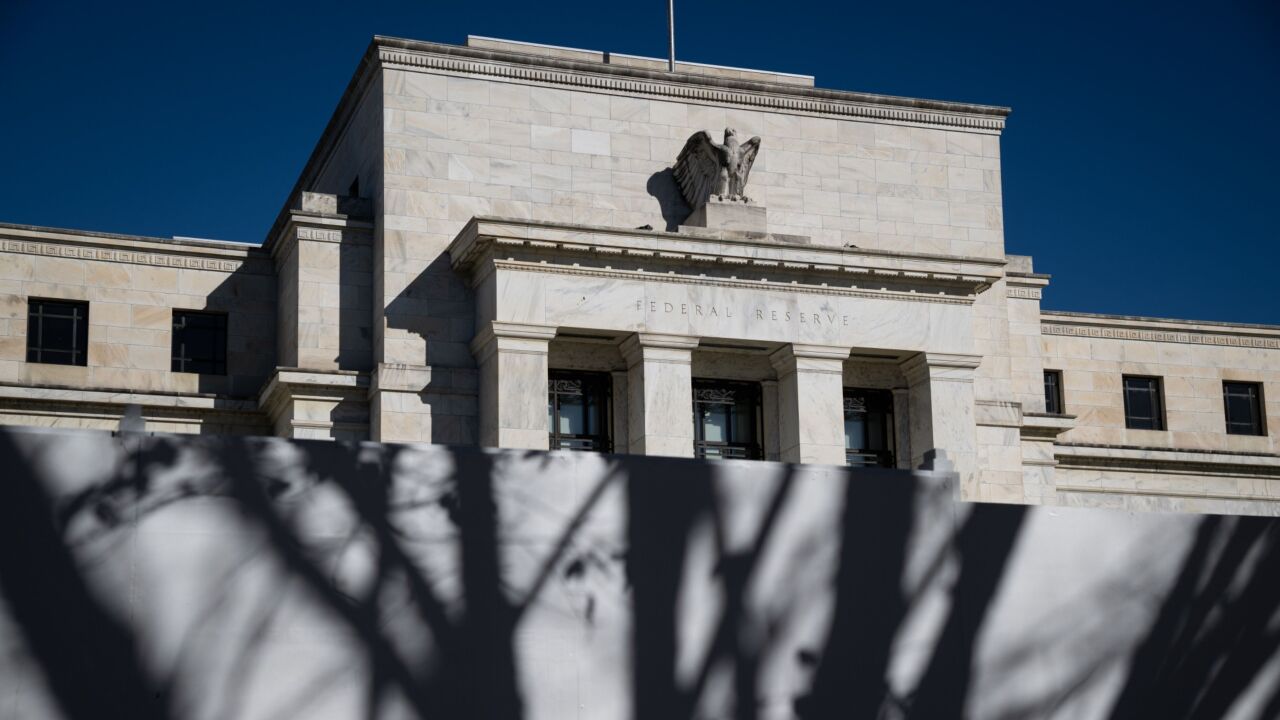
Some in Washington are once again
The central question is: How do we safely return some parts of the mortgage system from the government to the truly private part of the market while minimizing disruption? Doing nothing more than
Would authors of GSE reform consider it a "win" if the market shares for Fannie, Freddie and FHA increase? To call that a Pyrrhic victory would be generous.
GSE reform should therefore focus on preserving the private market and not merely on releasing Fannie and Freddie from conservatorship. If policymakers are serious about reducing taxpayer risk in the mortgage market while maintaining broad access to affordable mortgages, some changes make sense and should be part of any meaningful reform effort.
First among these is that any release from conservatorship for the GSEs should come with changes to the loan limits on the mortgages they can guarantee. Washington-based, government-backed entities should not be facilitating the purchase of $1.5 million homes. Worse, under existing law, those would keep going up as home prices increase. That does nothing to make housing more affordable — and arguably does just the opposite — moving far away from the charter mission of Fannie and Freddie.
Second, any release from conservatorship should come with sensible restrictions on the activities of GSEs. Just last year, Freddie Mac sought permission to purchase second lien home equity loans, which are consumer loans that use homes as collateral. How this furthers access to homeownership for the middle class is not a question many economists can answer. Post-conservatorship rules should guard against such mission creep in this and other areas.
Third, we have a decade's worth of proof that credit insurance (alongside equity capital) is a cost-effective way to mitigate predefined risks. Credit risk transfers, or CRT, from the GSEs are pre-funded, clearly defined and often are cheaper than equity. CRT is not a replacement for equity, but it is an important part of a diverse and well-managed risk mitigation regime.
Releasing the GSEs from government conservatorship is on the agenda for the incoming Trump administration. Doing so could threaten the 30-year fixed rate mortgage.
Finally, the Securities and Exchange Commission should take another look at reporting requirements that the private market — but not the GSEs — are subject to. Investors are right to demand that reporting standards not be degraded. But something is amiss with the SEC's Reg AB II, which governs disclosures about asset-backed securities, because no residential mortgage-backed securities deals that are subject to the rule have been issued since its implementation.
There are important boundary conditions that reform needs to respect if it is to be successful. If we want Americans to maintain access to affordable mortgage rates, the well-functioning forward ("TBA") market needs to be kept liquid and intact. If credit concerns of the underlying issuers are suddenly in play, it is difficult to see how that could be done without disruption, especially to the relatively new uniform mortgage-backed security. Any ambiguity over the private sector's role vs. the government's role in the mortgage market will lead to needless market disruptions and generally higher borrowing rates, and this is a problem Congress should solve.
But standing alongside the government market, today's private securitization market is exceptionally well run. And with some of these reforms, it can help ease any transition. Loan underwriting standards have never been more sound thanks largely to the ability-to-repay requirements put in place after the last financial crisis. Due diligence and reporting processes — and the data standards upon which they rely — continue to evolve and improve.
Indeed, Europeans are jealous of America's private securitization markets. Last year, Christine Lagarde, Mario Draghi and other top financial leaders called for the revitalization of a private European Union securitization market to better serve their consumers. The European Commission is working with industry participants to make this a reality.
At the same time, Europe is not enamored with the idea of creating U.S.-style government-sponsored entities. Rather, it plans to leave the functioning of this market to private actors.
The private U.S. securitization market is the envy of the world. Of course, there is a role for government and GSEs, especially given the importance of homeownership and fixed-rate, prepayable mortgages in the U.S. But for "reform" and "privatization" to be more than buzzwords, barriers to private capital must be taken into account. Otherwise GSE reform would be an accounting gimmick that would put Washington, D.C.-based behemoths at the helm of our nation's housing market.






